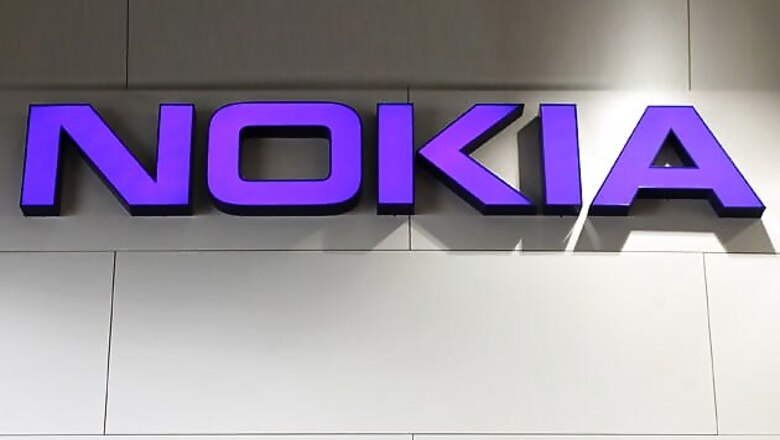
views
Copenhagen: Nokia is shifting the focus of its turnaround strategy to regaining domination of cheaper handsets after a stuttering campaign to catch up with Apple and Samsung in high-end smartphones.
Company sources said it would introduce cut-price basic phones to compete with the likes of Huawei and ZTE and a new, lower-price model of its Lumia smartphone on Monday at the Mobile World Congress convention in Barcelona.
Nokia, once the industry's undisputed leader, is struggling to close the yawning gap with Apple's iPhones and Samsung's Galaxy smartphones and is also losing share in the low-end market which still accounts for the bulk of its sales.
Sales of basic phones fell over 20 per cent in 2012 to 9.4 billion euros.
While some media reports have said that Nokia will announce a tablet in Barcelona, the company is not yet ready to unveil one, one of the sources said.
Double strategy
"What they have to do is increase share in the growing smartphone part and also defend market share in the other," said Swedbank analyst Hakan Wranne.
He said a lower-priced Lumia would help boost its mid-tier offering, an increasingly important market as more consumers in developing markets demand access to Facebook and other social media sites from their mobile phones.
"In order to not continue to lose share in the overall market Nokia has to put forward competitive low-end smartphones.
"What's happening now is that the US and Europe, the big smartphone markets, are really approaching saturation where customers will be upgrading to another smartphone or just replacing one that's broken. That's not a growth market."
Lumia smartphones, which use Windows software, were widely seen as make-or-break models for Nokia due to their high margins.
The company has concentrated on developing the range in the past two years, launching a top-of-the-range 920 model last November. But it has been slow to take off, and investors have said Nokia's dwindling cash position means it may soon need to change course if sales do not pick up in the coming quarters.
Most Lumia phones cost over $200, and the 920 can retail at over $600 without a carrier contract in the United States and some European markets.
By contrast, the average selling price of Nokia's mobile phones was 31 euros in 2012, down from 35 euros a year earlier.
Smartphone squeeze
Nokia's market share in the smartphone business is still only around 5 per cent. According to Gartner, Apple and Samsung held a 52 per cent share in the smartphone market in the fourth quarter.
Nokia sold 4.4 million Lumia devices in the fourth quarter, and analysts say it must more double those sales and offer more mid-range models to convince investors its smartphone strategy is working and it can survive.
Nokia has already been expanding its line-up of Asha models, which offer some access to the Internet but with fewer features than high-end smartphones, to bolster its share in developing markets such as China and India.
Customers of such mid-tier phones often upgrade to more advanced phones, while sticking with the same brand or operating system, analysts said.
















Comments
0 comment